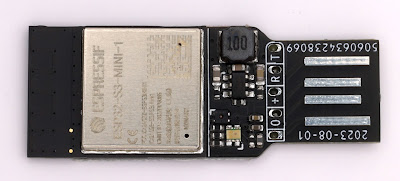One of the things a company can do in the UK is claim some tax benefits for spending some of the company resources on R&D. It is an incentive for companies to do R&D.
As a company that does a lot of R&D, we work with a really good agency on this, and get some tax credit. This works well, and is indeed an incentive for us to do more R&D.
This year the rules have changed slightly, and I noted a couple of them. It is all a bit open to interpretation, but a couple of the points seem a bit odd.
Open source
For a start, if we, as a company, did some purely open source stuff that was not direct benefit to us - by way of giving back to the open source community, it seems that would not qualify for R&D tax credits. It has to benefit the company. Thankfully this is not really a problem as pretty much all of the open source stuff we do is used in house and so benefits us directly as well. Some of the stuff we don't use in house, is actually stuff we then make and sell, so a benefit to us. But it is a disincentive for doing something purely open source.
Super human engineers
The other one that is odd is that things are not R&D if they would be apparent to a competent engineer in the field with publicly available information.
Well, we employ competent engineers. everything they do is apparent to a competent engineer. It almost sounds like, to be valid R&D, we need super human engineers, which seems a bit much.
We had a lot of discussion on this - one thing is the "publicly available information". This has meant we have focused a lot on things where the publicly available information is wrong or incomplete. And notably where what was "apparent" to the competent engineer was in fact wrong when tried.
Though one other aspect is that we think we can validly say that anything we are doing based on closed source designs and code is something that qualifies because that closed source is not publicly available information. None of it would be apparent to our competent engineers without access to that closed source information. So again, this seems to be discouraging open source.
Even so, the end result was a good meeting today, and plenty of R&D work.











